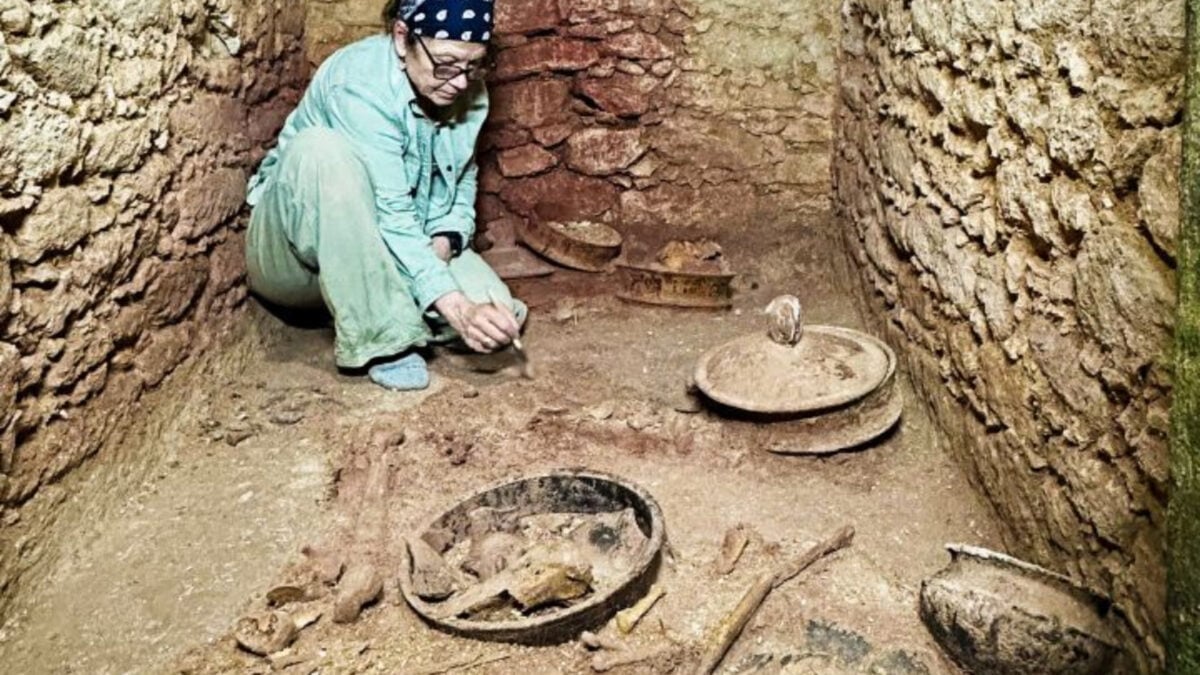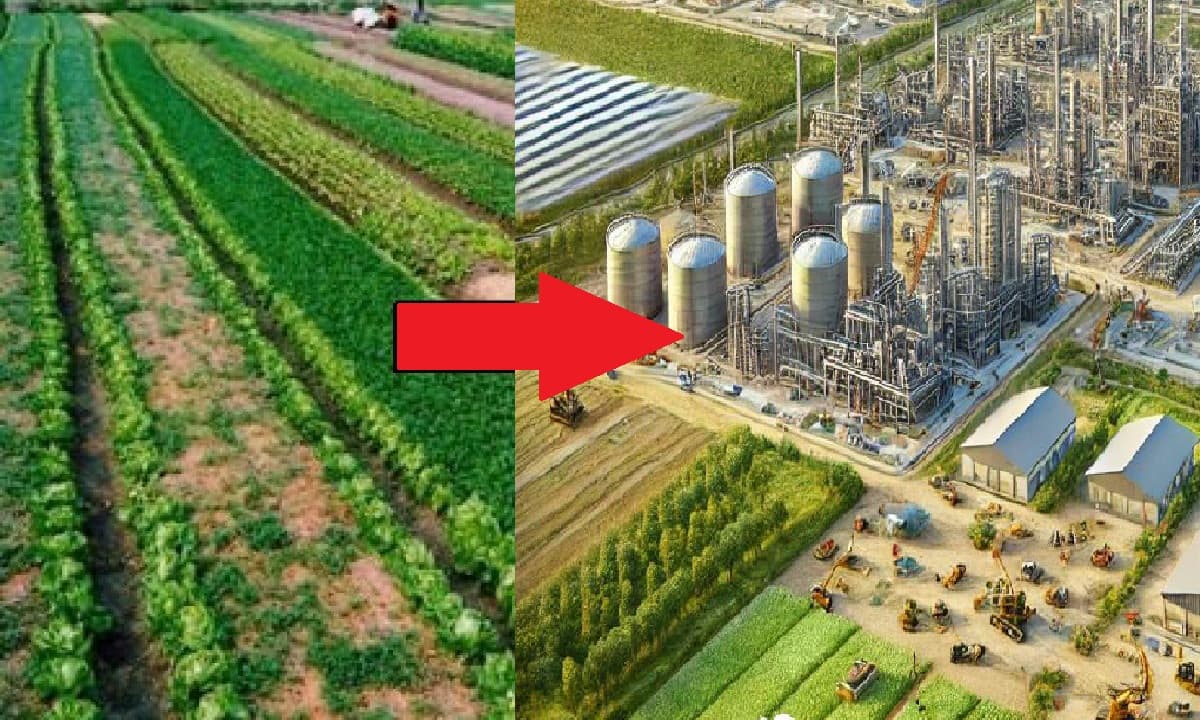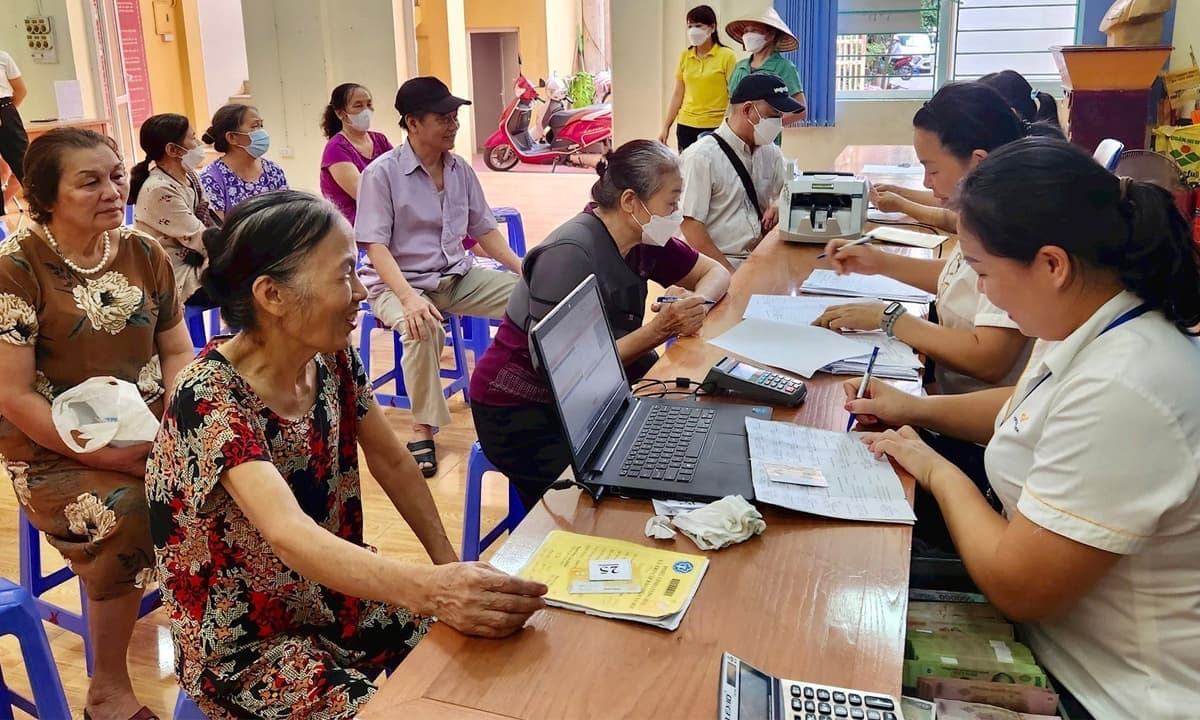Archaeologists Discover Tomb of Maya King Who Founded a 460-Year Dynasty

A team led by University of Houston archaeologists Arlen Chase and Diane Chase—a married couple about to celebrate their 50th wedding anniversary—has discovered the fourth-century CE tomb of an ancient Maya ruler. Talk about a power couple.
The Maya ruler in question was Te K’ab Chaak, the first ruler of Caracol, an important Maya city that ruled the southern part of the Yucatan Peninsula from 560 through 680 CE before it was abandoned by the 10th century. Caracol is now the largest Maya archaeological site in modern-day Belize.
Te K’ab Chaak rose to the throne in 331 CE and started a royal dynasty that would last over 460 years. Around 350 CE, he was buried at the base of a royal family shrine along with mortuary objects such as jadeite jewelry, a mosaic jadeite mask, carved bone tubes, Pacific spondylus shells, and pottery vessels. The pottery featured scenes including a ruler receiving offerings, the Maya god of traders, and bound captives. Te K’ab Chaak died at an “advanced age,” according to a University of Houston statement, with no remaining teeth and standing at around 5 feet 7 inches (170 centimeters) in height.

The tomb is one of three major burials excavated in the Caracol Northeast Acropolis dating to around 350 CE and raising questions about the contact between Mayans and people in the ancient city of Teotihuacán. By 300 CE, Teotihuacán—around 746 miles (1,200 kilometers) away in modern-day Mexico—had already become a large city and trading hub, and the mid-fourth century saw early contact between the two peoples.
“One question that has perplexed Maya archaeologists since the 1960s is whether a new political order was introduced to the Maya area by Mexicans from Teotihuacan,” Diane Chase said in the statement. “Maya carved stone monuments, hieroglyphic dates, iconography, and archaeological data all suggest that widespread pan-Mesoamerican connections occurred after an event in 378 AD referred to as ‘entrada.’” She adds, however, that archaeological data from Caracol indicates that the situation was “far more complicated.”

The two other burials include a cremation and another tomb. Archaeologists excavated the tomb in 2009. It was covered in hematite and belonged to a woman who was buried with a spondylus bead necklace, pottery vessels, mirror fragments, and two Pacific spondylus shells. The cremation emerged the following year, along with burial goods and practices of central Mexican tradition, including pottery vessels, green obsidian blades, and a carved projectile tip typical of Teotihuacan warriors. Archaeologists suggest that the deceased individual was probably a Caracol royal family member who followed central Mexican ritual practices, if not a royal Maya envoy to Teotihuacan.
“Both central Mexico and the Maya area were clearly aware of each other’s ritual practices, as reflected in the Caracol cremation,” said Arlen Chase. In other words, early Maya rulers clearly had Mesoamerican-wide contacts decades before the supposed ‘entrada.’ “The connections between the two regions were undertaken by the highest levels of society, suggesting that initial kings at various Maya cities—such as Te K’ab Chaak at Caracol—were engaged in formal diplomatic relationships with Teotihuacan,” he added.
Moving forward, the team will continue to investigate the objects and skeletal remains found in Te K’ab Chaak’s burial chamber. To absolutely no one’s surprise, the Chases’ son is also an archaeologist.









